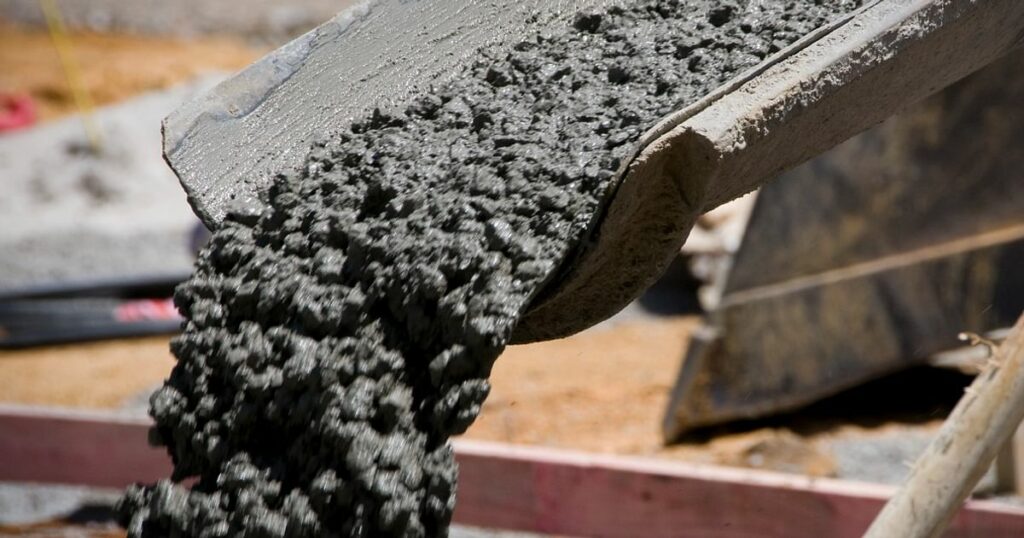The Evolution of Concrete: From Ancient Rome to Modern Construction
Since the era of the Romans, concrete has played a pivotal role in building structures. The concrete utilized by the Romans was composed of lime-pozzolana cement combined with various aggregates. Fast forward to the present day, and concrete remains an essential material in construction, with Portland cement and its variants now forming the basis of most concrete used globally.
The Traditional Roman Formula
Roman engineers were pioneers in constructing long-lasting edifices using a blend known as lime-pozzolana cement paired with aggregate materials. This innovative combination allowed them to create monumental structures that have withstood the test of time, showcasing their engineering prowess.
Modern Concrete Composition
Today’s standard for concrete primarily involves Portland cement mixed with aggregates such as sand and larger gravel pieces. This formulation has become a staple due to its widespread availability and versatile application across various projects—from skyscrapers to bridges.
Concrete’s Ubiquity Today
Astonishingly, concrete is now recognized as one of the most utilized substances on our planet. In fact, recent estimates suggest that over 4 billion tons of cement are produced annually worldwide, underscoring its dominance in construction practices across different regions.
